Nonvascular plants are a very important group epiphytes. They are commonly the first epiphytes to colonise a young, bare host tree and provide substrate that other plants require for attachment. They contribute to forest biodiversity and processes and can be found from the bottom to the very top of host trees.
The trouble with nonvascular epiphytes is that they are hard to identify. This means that they often get overlooked in epiphyte surveys and studies. Dr Kathrin Affeld discussed in her talk at the 2013 NZ Epiphyte Workshop the importance and challenges of including these plants in epiphyte studies. I admit that I know very little about New Zealand’s nonvascular epiphytes and have not found any feasible way to include them in the NZ Epiphyte Survey Programme. I am very interested in any thoughts on this – how can we start paying more attention to nonvascular epiphytes?
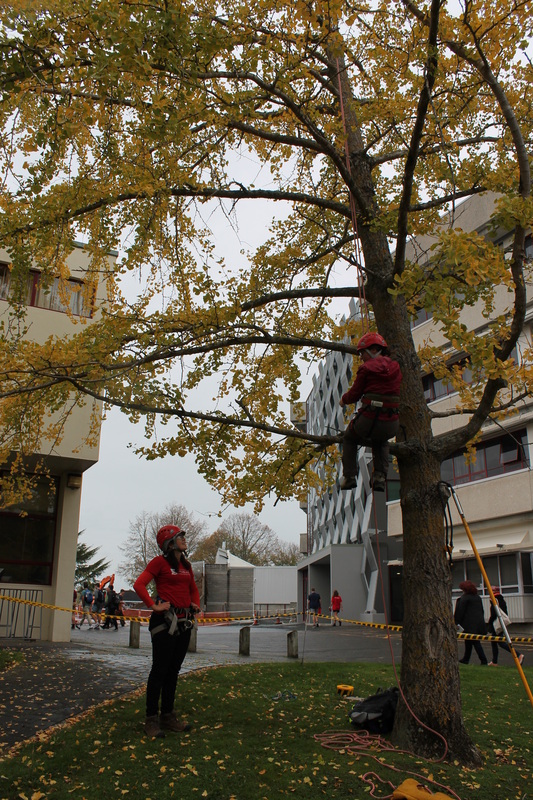
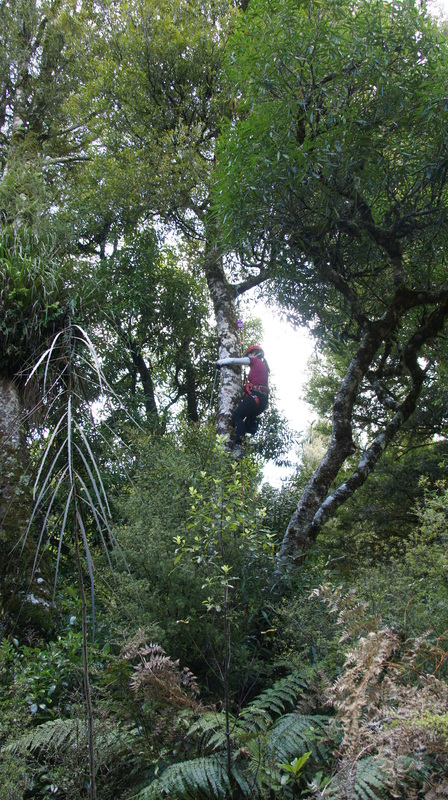
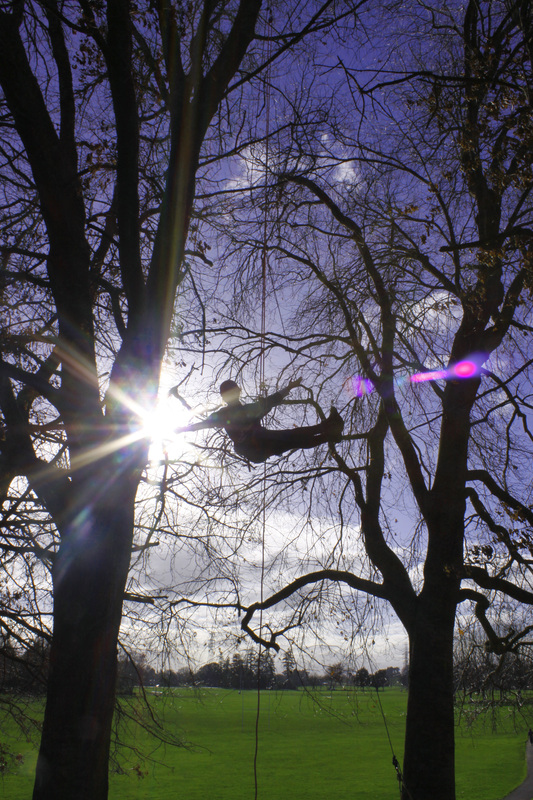
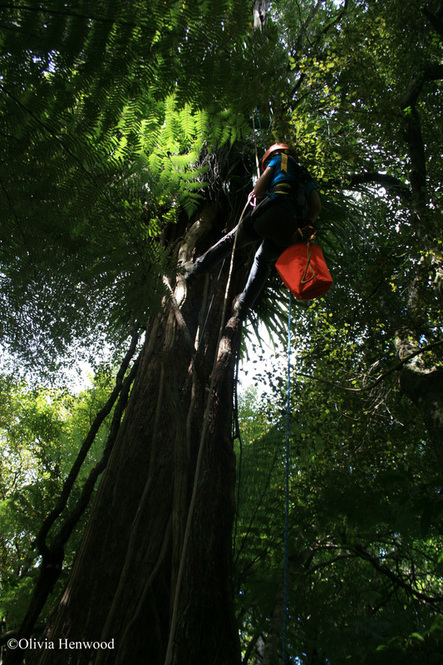
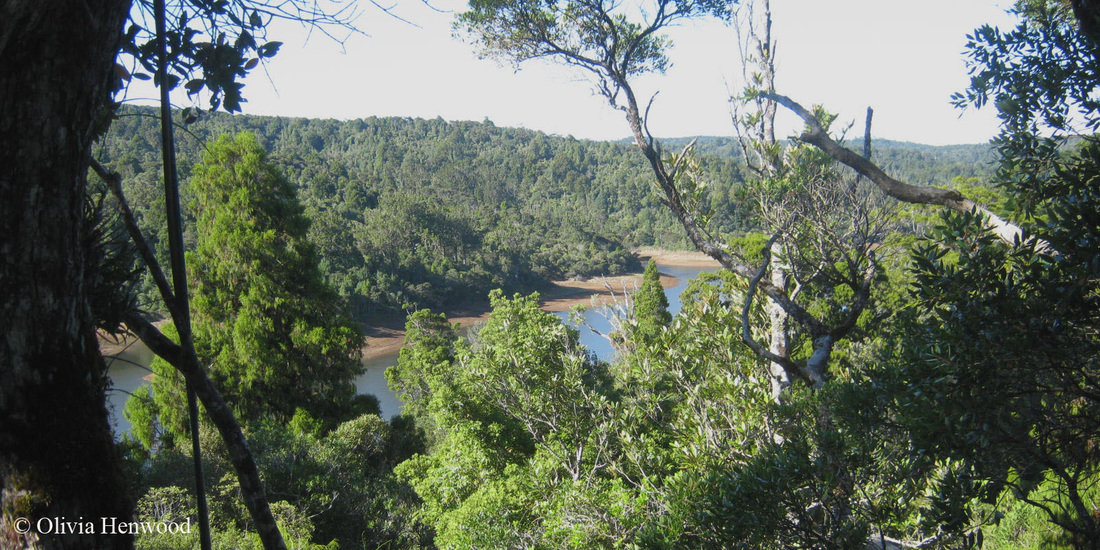
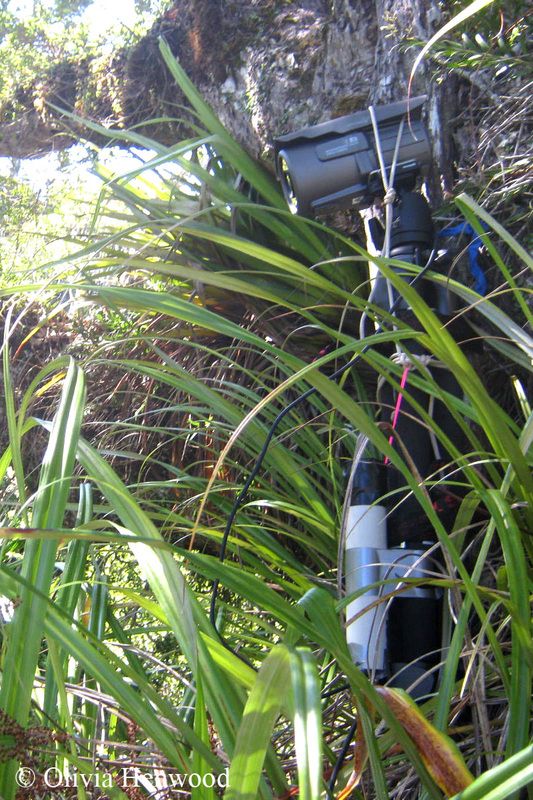
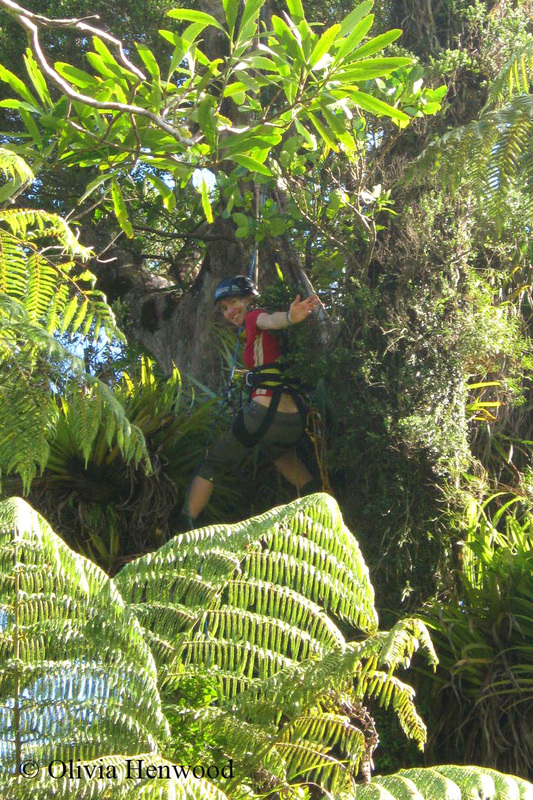
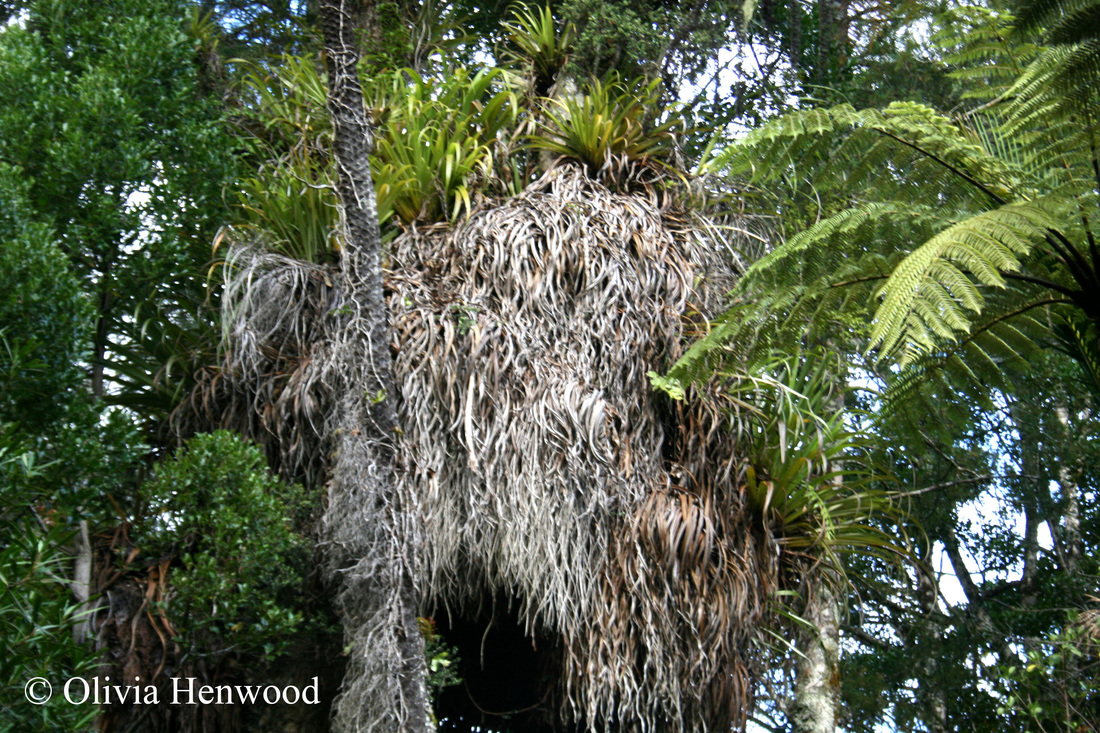
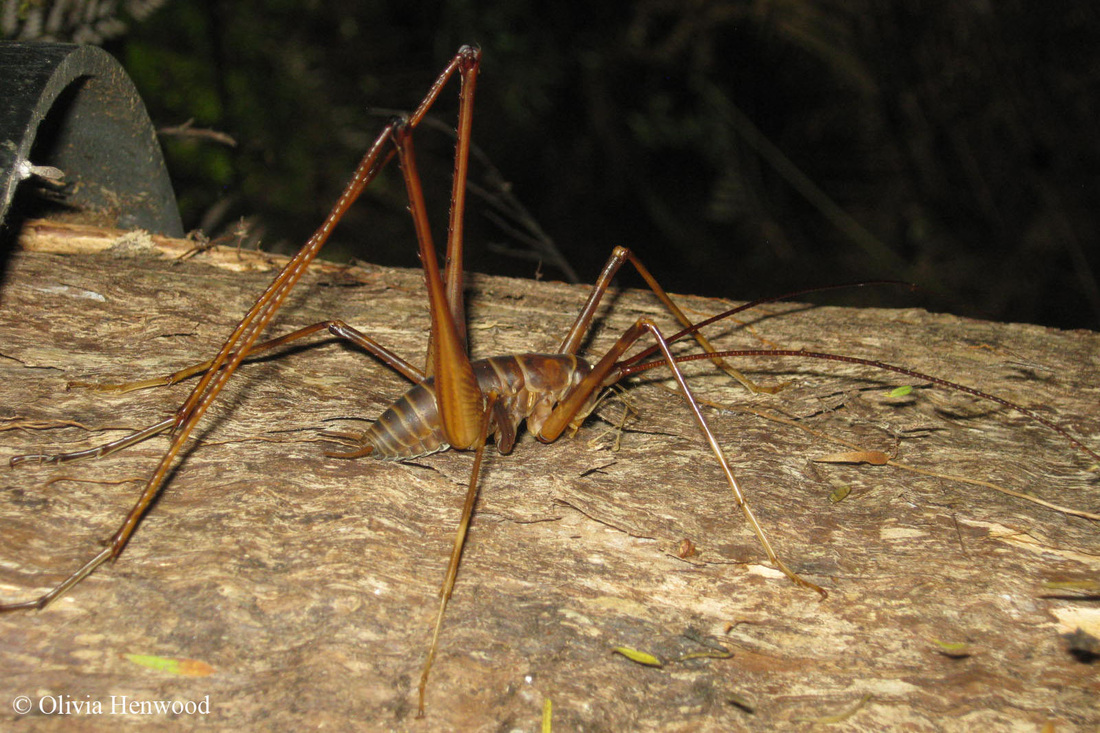
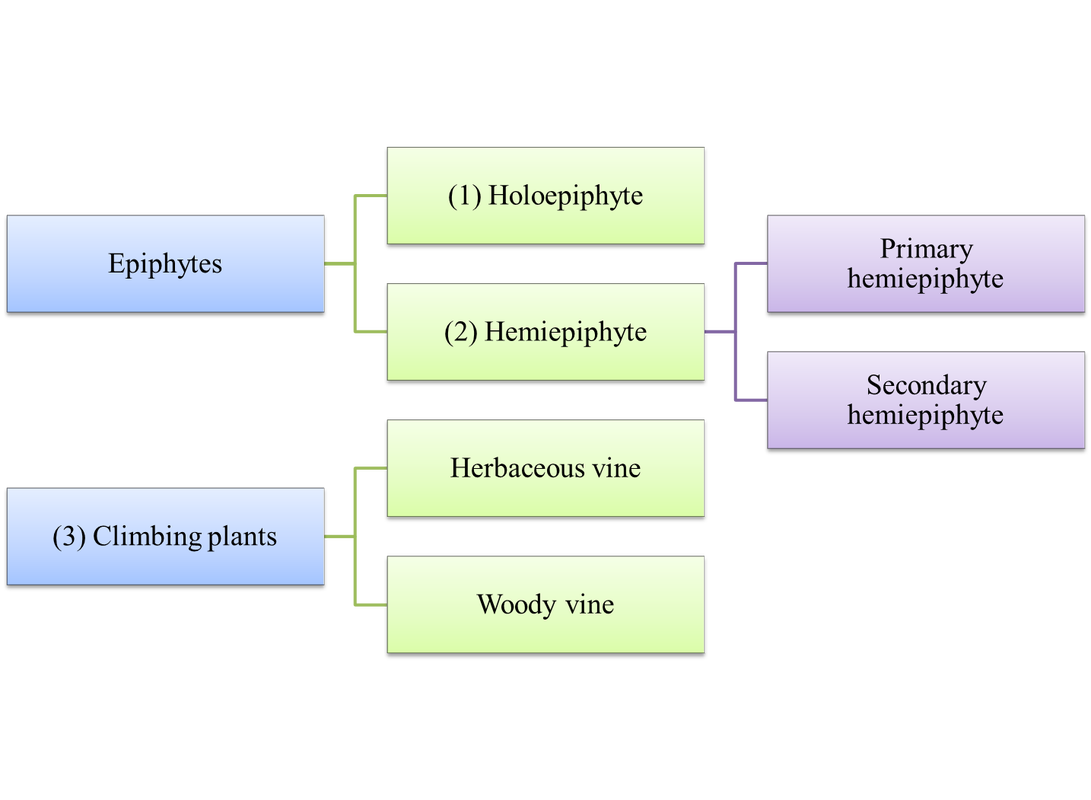
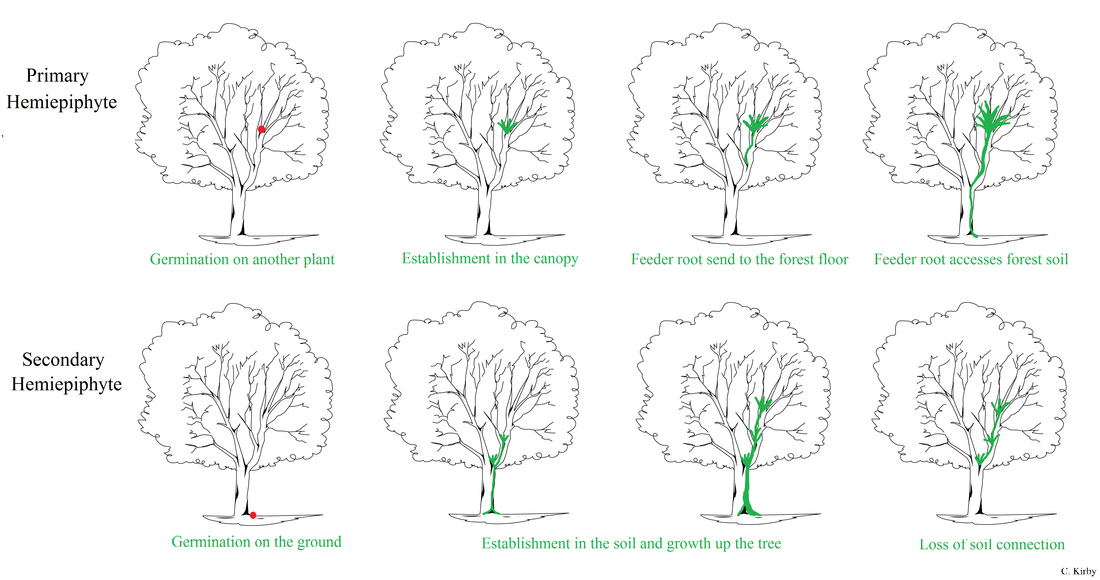
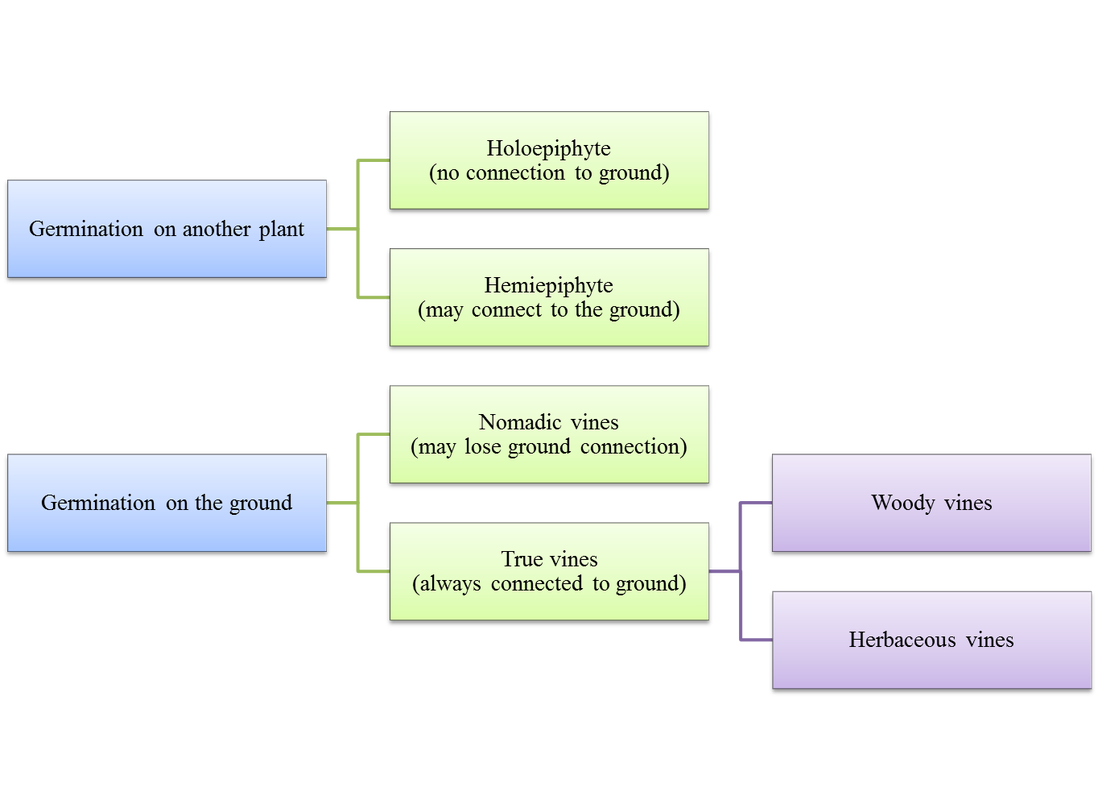
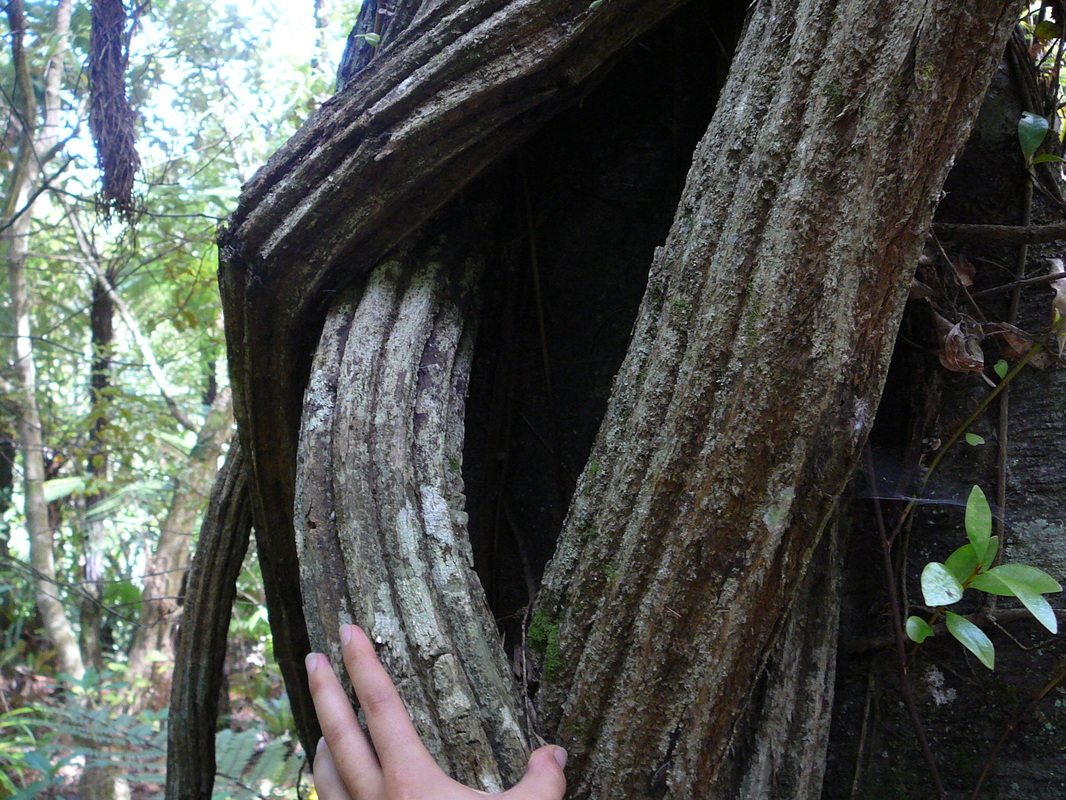

 RSS Feed
RSS Feed
